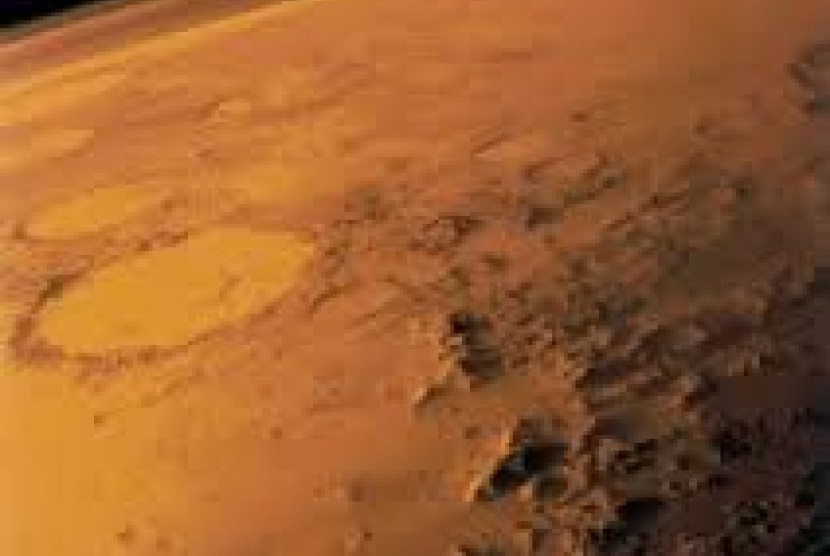Reported from Slash Gear, Wednesday (8/6/2022), this means that the dust has a major effect on the Martian environment, as severe as bringing winter to an early end in some cases. But it turns out that dust not only shapes the weather on Mars, but also forms the surface of Mars.
A recent study, published in Journal of Geophysical Research:Planets have discovered that strange dust avalanches can be linked to the mystery of frost on Mars.
The study uses data from the Mars Odyssey mission, the orbiter launched in 2001 when it took pictures of the Martian surface. The orbiter has three science instruments, including an instrument for measuring radiation, a spectrometer and an imager.
These imagers can see in visible light and infrared wavelengths, and use both to depict surfaces. That’s where the puzzle begins.
Invisible frost
Image taken by the Odyssey visible light instrument shows frost on slopes on the Martian surface, which appears as blue streaks. The presence of ice itself makes sense. As the sun sets on Mars, the temperature there becomes extremely cold, with surface temperatures dropping to minus 200 degrees Fahrenheit. This cold causes some of the carbon dioxide, which is abundant in the Martian atmosphere, to freeze into dry ice.
However, when the researchers compared images taken in infrared, they saw more of this ice spread over a wider area. Infrared images can show heat, because hot objects give off infrared energy.
That means that fewer infrared instruments are released. In this image taken from the same slopes of Mars in infrared, the researchers saw patches of cold spreading beyond the patches of ice they saw in the visible light image.
–


